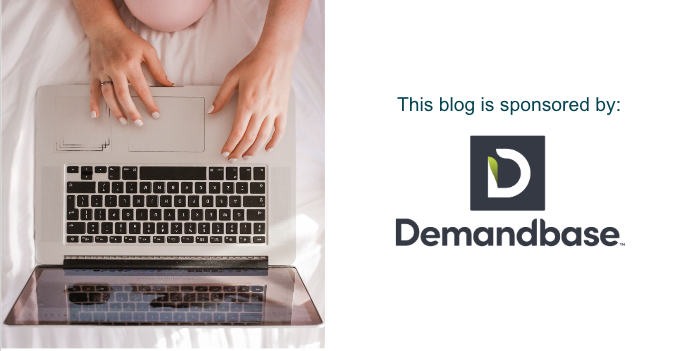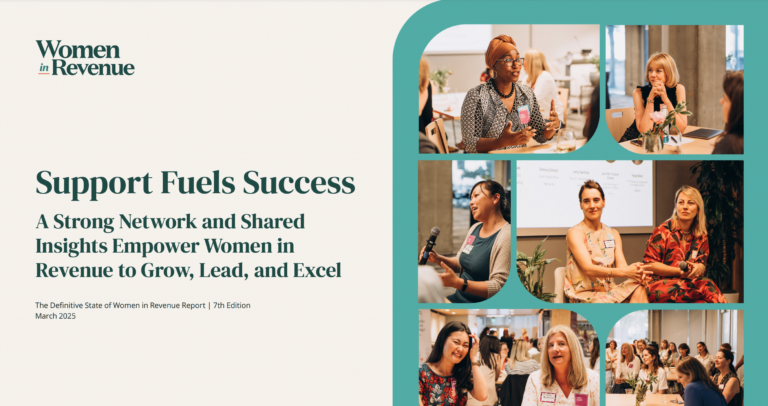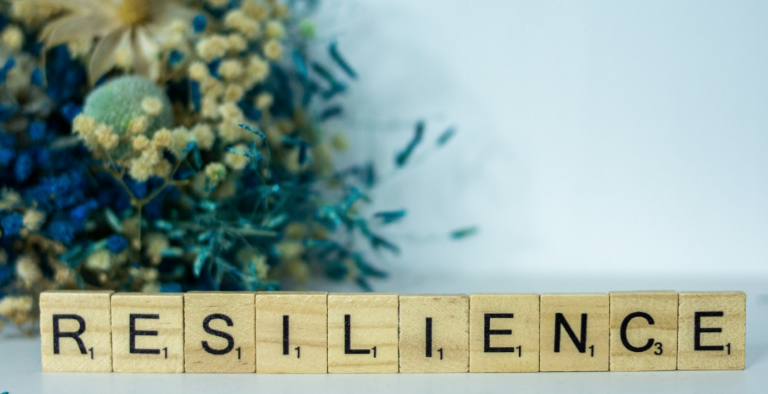On May 7, 1843, a 14-year old fisherman named Manjiro arrived in the United States, becoming the first recorded Japanese immigrant. And just over 25 years later, on May 10, 1869, the Transcontinental Railroad was completed — in large part due to the backbreaking and often deadly work of Chinese laborers.
Together, these events form the foundation of why we celebrate AAPI Heritage in the month of May. But they only scratch the surface of how Asian Americans and Pacific Islanders have contributed to our country. Let’s take a look at just a few notable AAPI women:
- Patsy Mink was the first woman of color ever elected to congress in 1964 and author of Title IX, one of the most groundbreaking pieces of legislation ever passed.
- Kalpana Chawla was the first women from India who traveled to space and who gave her life in the 2003 Columbia explosion
- Stacey Park Milbern was a Korean-American disability rights activist who fought for Medicaid funding for home attendants and nursing services to promote fair medical care and independence.
- Maya Lin designed the Vietnam Veterans Memorial in Washington DC at age 21, and has gone on to design many more artworks, monuments, and buildings.
- Kamala Harris is the first member of the AAPI community and the first woman ever to hold the office of Vice President of the United States.
The list goes on, but the message is clear: the AAPI community has played — and continues to play — an irreplaceable role in American history. At the same time, the community has long been a target of stereotypes, discrimination, and violence.
As we honor and celebrate the legacy of the AAPI community, how can we also respect and uplift AAPI colleagues in the workplace? Here are three ideas that AAPI female leaders recommend.
1. Recognize that the AAPI community is not a monolith
When the phrase “Asian American” was coined in 1968, it was a radical moment meant to unite together people across cultures who shared a common heritage — and in many ways, it has. But it’s also a broad term that doesn’t reflect the full range of diversity in the AAPI community.
In the United States, 22 million Asian Americans trace their roots to more than 20 different countries throughout East Asia, Southeast Asia, and the Indian subcontinent, and they are the fastest-growing ethnic or racial group in the United States. While there are far fewer Native Hawaiians and Pacific Islanders in the U.S., they are the third fastest-growing group.
Representing AAPI people as a monolith feeds into stereotypes, flattens cultures, and erases important issues, like disproportionate gaps in media representation, income inequality, leadership representation, and hate crime incidents. In an article for APCO, Minty Pham writes: “The diversity of AAPI heritage and experience is truly too vast to simplify under such a simple label.”
This month, make sure celebrations go beyond generalizations and include everyone to appreciate the diversity of all AAPI cultures. And every day, we can work against unconscious biases that lead to grouping Asian Americans, Native Hawaiians, and Pacific Islanders together under large umbrellas of stereotypes and myths.
Pham notes: “…it is crucial to champion and uplift the voices and people that differ from the mainstream stories. Doing so actively confronts structural discrimination through the preservation and celebration of the individual and collective existence of human experience.”
2. Push back against the model minority myth
One of the most harmful stereotypes the AAPI community faces is the “model minority myth.” As Cynthia Sugiyama, SVP and head of HR Communications at Wells Fargo, shared with CNBC: “Asian Americans are often stereotyped as the ‘model minority,’ which unfortunately puts us in a box where we are generally viewed as hardworking, dedicated and intelligent, but not necessarily assertive, bold or leadership material.”
Facing both the harmful effects of the model minority myth and the stereotypes that come with being a woman in male-dominated workplaces can be particularly difficult. Women in Revenue Board Member Lynn Powers shared her experience with us in our most recent newsletter: “As an Asian woman in a male-dominated field, I’ve faced many challenges — being overlooked and underpaid and having to work harder to achieve equality.”
Sugiyama says there must be commitment from leadership to move past this myth and ensure AAPI talent thrives. Most importantly, she says in the CNBC article, “Tone at the top matters, but actions matter even more.”
In light of this, we should reflect on how AAPI employees are supported in our organizations. What are we doing to ensure they succeed and have opportunities to advance? Do our DEI initiatives have specific support for AAPI talent? Is there a leadership gap? Consider areas where your organization can improve and work within to create a plan of action to address these issues.
3. Find and elevate female AAPI leaders through mentorship and collaboration
This year’s AAPI Heritage Month theme is “Advancing Leaders Through Collaboration.” Fahmida Chhipa, VP at the Federal Asian Pacific American Council, told NPR, “When you have diversity at the leadership table, the magnitude of what you can accomplish is enormous. You really expand yourself in the horizons to have something creative and innovative.”
We couldn’t agree more. And when we surveyed thousands of Women in Revenue members earlier this year, they echoed the same sentiment. Nearly 30% of respondents identified issues like lack of mentorship and an equal seat at the table as challenges in their organizations.
At the same time, 87% of mentors and mentees feel empowered by their mentoring relationships and have developed greater confidence. It’s an ideal example of how to foster talent through collaboration. If your organization doesn’t have a mentorship program, maybe now is the time to revisit the idea.
At the end of the day, there’s still a long way to go when it comes to breaking down the stereotypes and challenges that the AAPI community faces in our country and in our workplaces. But this month is a great opportunity for each of us to set aside some time, consider our own biases, and find a way to lift up female AAPI leaders. Happy AAPI heritage month!




